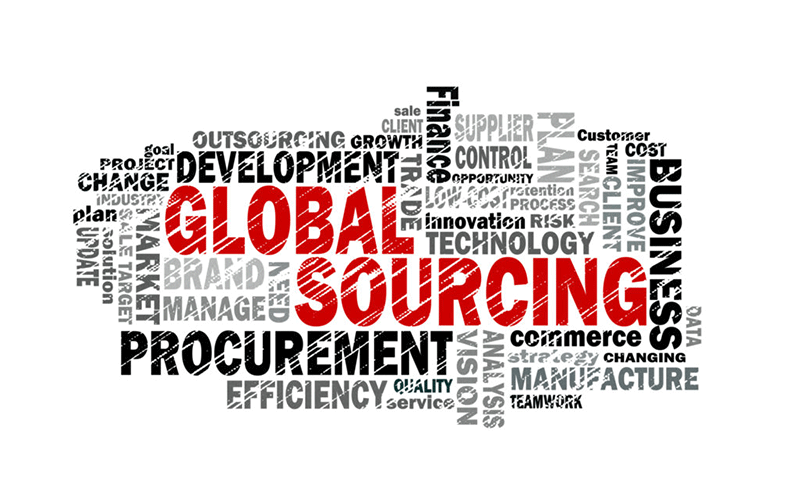For lots of coffee aficionados, the thought of offering up high levels of caffeine is unthinkable. But for others, coffee can create anxieties, anxiety, and various other unnecessary edge effects. Fortunately, there are actually a variety of decaffeinated coffee possibilities accessible that allow you to delight in the preference and smell of coffee without the hype. In this article, we’ll check out the various types of decaffeinated coffee and how they’re created.
Why Decaf?
Decaffeinated coffee has been around for even more than a century. Solution Can Be Seen Here was patented in Germany in 1905 by Ludwig Roselius, who discovered that saturating eco-friendly grains in water could possibly take out caffeine without having an effect on taste.
Since at that point, several various procedures have been built to eliminate caffeine coming from coffee grains while protecting their taste and aroma. Right here are some factors why you might select decaf over regular coffee:
- Health problems: Caffeine can easily cause or exacerbate health and wellness complications such as stress and anxiety, sleeping disorders, high blood pressure, and heartburn ( pyrosis ).
- Pregnancy: Expecting women are typically advised to restrict their caffeine intake.
- Private preference: Some folks simply don’t just like the taste or results of high levels of caffeine.

- Opportunity of time: If you desire to enjoy a cup of coffee prior to bedroom without disrupting your sleep pattern.
Types of Decaf
There are actually three main procedures used to decaffeinate coffee beans:
1. Water Process
The water process procedure is thought about one of the very most natural methods to take out caffeine coming from beans. This method uses water to remove caffeine coming from environment-friendly beans through osmosis.
Firstly environment-friendly beans are soaked in hot water which creates them to increase and come to be porous; this makes it possible for for much easier infiltration when it comes opportunity for extracting compounds such as caffeine later on down the line! After soaking overnight or for an extended time frame relying on strength preferred (the much longer it soaks along with agitation occurring periodically, the more caffeine that gets removed), the water is at that point passed through a carbon filter to take out high levels of caffeine particles. The grains are at that point came back to their initial condition utilizing scorching sky, so they keep their taste and smell.
2. Swiss Water Process
The Swiss Water Process is one more procedure utilized to decaffeinate coffee. This process uses a answer of warm water, which has all of the dissolvable substances in coffee, to remove caffeine coming from eco-friendly beans. The solution is after that passed through a carbon filter that removes coffee particles while leaving behind various other materials that add to flavor and smell.
This strategy makes use of no chemicals and goes through numerous spheres of filtering (switched on charcoal) prior to being recycled in subsequent batches; making sure it is lasting while also generating a savory mug of decaf!
3. Chemical Process
The chemical process technique entails using solvents such as methylene chloride or ethyl acetate to remove high levels of caffeine from environment-friendly grains.
First of all, the grains are steamed, which o
